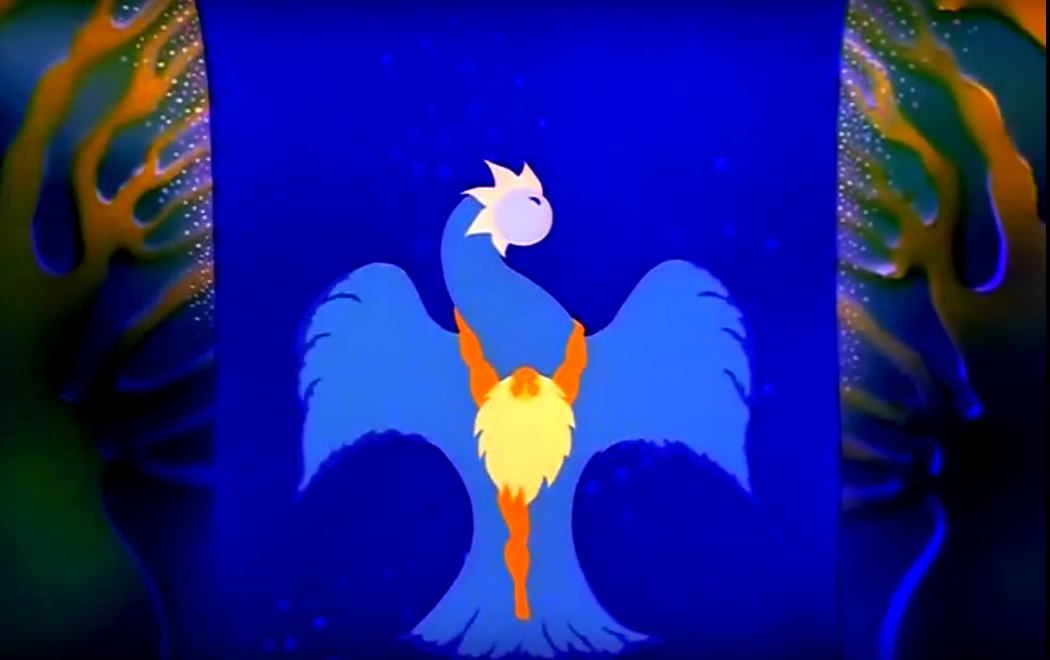By Eniko Takacsy on July 28, 2018
The Origin of Change
“CHANGE! BECOME SOMEONE I IMAGE YOU TO BE, SO THAT ‘THIS OLD ANGUISH, WHICH I’VE CARRIED AROUND FOR CENTURIES’, COULD EASE! CHANGE YOURSELF TO MEET MY EXPECTATIONS!” reverberates the message inside and outside ever since we were small. The promise of popular spiritual change like a griffin would also ravenously demand from our flesh in return for lifting us up from the “underworld”.

However, before we would throw a piece of flesh from our legs again, or we would pick an “instrument” from our luxurious torture chamber to satisfy the urge of “change”, why don’t we pause for a moment? And in this momentary stillness…, what if we imagined this desired change? The form it takes within us.
…
Where does the idea of change originate from? What gives its basis?
Is it an inner image or voice?
Or does it come from outside?
Where is the locus of evaluation? (Who is the one who evaluates?)
How long have you known this idea of change?
What happens in your body while you imagine it?
Do you trust the force that urges you to change?
Do you believe in change itself?
…
We have seen others change, and we have experienced change in ourselves. Change is a natural process. The outside world influences us, which has a constant forming and shaping effect on us. But how much significance do we ascribe to the impact of our own thoughts on ourselves?
The Need for Self-Acceptance
It may sound contradictory and ambiguous to say that change begins with self-acceptance. As Carl Rogers said: “THE CURIOUS PARADOX IS THAT WHEN I ACCEPT MYSELF JUST AS I AM, THEN I CHANGE.” It could indeed sound as a paradox, perhaps because we don’t know who this “myself” or “I” is that we so eagerly need to accept. Michael Puett, for example, a devoted professor of Chinese philosophy, turns to Confucius’s insight in his argument against the existence of a real, stable self. Puett contends that we call it “personality” in error a pattern which we developed from our childhood and solidified as a reaction to our environment. This schema becomes rigid and firm during the years, and gives the illusion of a steady self. Would this pattern of automatic rituals be the mere constituents of the “self” , or is there a real core self lying deep within us? Be that as it may, what we already know is that defense mechanisms follow patterns to bypass anxiety, and these can be recognised in our interactions. Tracking these patterns becomes crucial for us if repetition causes greater suffering, and we truly want to change it.
Recognising Maladaptive Defence Mechanism
Take projection as an example: we are inclined to project our unpleasant, unwanted feelings and aspects on others, because we simply can’t bear the mere thought of having such peculiar reactions to our environment. It may have been the case that the punitive attitude or the unrealistic expectations of our environment have largely contributed to the condition that a compulsive emphasis is placed on being constantly defensive in our relationships to avoid the anticipated anxiety of particular relatedness. Our reaction becomes conditioned in a few years, operating like an automatic push-button, considerably limiting the opportunities of conscious response. We could even be boastful of having a rebellious personality, despite the fact that repetitively resisting authority induces emptiness after a few minutes of joy, as unconsciously we tend to take on the same role again and again whether we want it or not. We don’t make a choice. We are not challenged here. It’s only the same game with the same “gain”. And as a result of the continuous projection, we feel out of place in our skins, as if time or space would not be in sync and we wouldn’t know where we begin or end. Not even roughly.
Embodiment and Self-Reflection
With acceptance, however, we can observe that a shift takes place. Exiled and repressed parts that have been in the shadow come to our awareness, we give them space, and we can even identify with them completely for a short while. They may manifest themselves as bodily sensations, feelings and thoughts, and by means of self-reflection, we can observe them phenomenologically. Self-reflection uncovers hidden connections between past and present, between events and behaviours. Identifying with these parts and experiencing them, as well as stepping back and observing them are equally important phases in the process of integration. Becoming aware of the different body states, the memory of the physical experiences themselves, the embodiment of the parts that are awaiting integration all serve as a source for later insights into where connections exist. The inclusion, which is the final act of the integration process, means that we embrace the parts that have always been lingering there but never found their home. We welcome them, contain their heaviness, which will gradually make them feel at home, analogous to an upset child who once again feels safe in a beloved person’s arms, and his trembling slowly subsides as his distress soothes.

Curiosity and Self-Compassion
The process of integration is challenging for us since the aspects of ourselves that come into light out of the dark shadow seem and feel intense and/or negative. We may feel ashamed of them. During this time, it can help us if we allow our curiosity to take control: what kind of stories are these frozen self-parts are carrying? Furthermore, we could lean into the knowledge that we don’t solely consist of these raw elements, we are not only them, and also that the raw parts gain an opportunity with the option of integration to release their heavy, negative faces within our compassionate view.